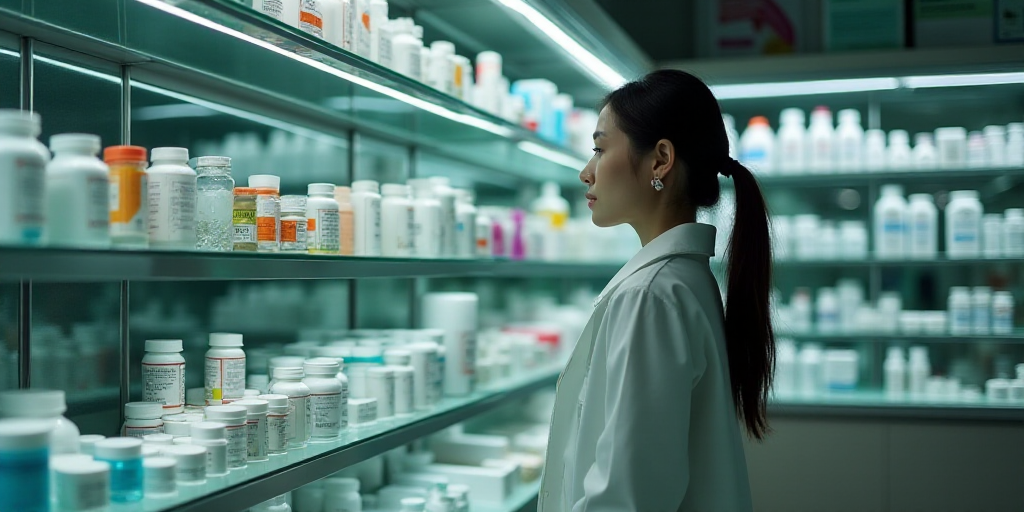Introduction to the Rising Healthcare Costs in Mexico
In recent years, out-of-pocket healthcare spending in Mexico has significantly increased, disproportionately affecting lower-income households. According to an analysis by the civil organization México Evalúa, using data from the National Household Income and Expenditure Survey (ENIGH) 2024, the out-of-pocket healthcare spending grew by 41% between 2018 and 2024.
Historical Context and Relevance
México Evalúa is a well-known Mexican civil organization that focuses on evaluating public policies and promoting transparency, accountability, and evidence-based decision making. Their analysis sheds light on the growing financial burden of healthcare costs for Mexican families, particularly those with lower incomes.
Income-Based Impact of Healthcare Spending
The analysis revealed that households in the lowest income decile (decil I) allocated 3.9% of their total income to healthcare spending in 2024, while those in the highest income decile (decil X) dedicated only 2.1%. This pattern indicates that lower-income households are more vulnerable to the rising healthcare costs.
Recommendations by México Evalúa
To address this issue, México Evalúa proposed several recommendations:
- Proportionate public healthcare spending: Allocate public healthcare funds according to the target population and diseases, ensuring quality coverage and protecting it from discretionary resource management.
- Equalize service quality: Ensure equal quality of services for both socially secure and non-socially secure individuals.
- Universal basic healthcare package: Guarantee a universal and basic healthcare package for the entire population, claimable in any public or private healthcare system.
- Infrastructure and monitoring: Develop a healthcare infrastructure plan and strengthen monitoring, evaluation, and transparency.
Medicament Costs and Shortages
Between 2018 and 2024, the cost of medicaments surged by 116%, increasing from 222 pesos per quarter to 480 pesos. Consequently, medicament expenses rose from 19% of total household healthcare spending in 2018 to 30% in 2024.
Causes of Medicament Cost Increase
The significant rise in medicament costs can be attributed to shortages in public hospitals and patients opting for self-medication. In 2024, 16 million Mexicans resorted to self-medication.
- Medicament shortages: Since 2018, public hospitals have experienced substantial medicament shortages due to centralized purchasing by the Secretaría de Hacienda y Crédito Público (SHCP) and Salud, eliminating intermediary distributors. This strategy failed, leading to ongoing projects addressing the issue.
- Self-medication: Long wait times, lack of nearby clinics, distrust in healthcare institutions, and knowledge of public hospital medicament shortages have driven patients to self-medicate.
Prevalence of Chronic Diseases and Limited Access
México Evalúa’s analysis also highlighted that households increasingly allocate resources to combat severe conditions in Mexico, with the largest expenditures on antihypertensive medications, antibiotics for infections, and diabetes treatments.
- Real increases: These three categories saw real increases of 242.3%, 37.1%, and 261% respectively between 2018 and 2024, reflecting the growing impact of diseases and limited access to treatments on family budgets.
Limited Access to Healthcare Services
The latest Multidimensional Poverty Measurement, using ENIGH data for the first time by the National Institute of Statistics and Geography (Inegi), revealed that 34% of the Mexican population lacks access to healthcare services.
In 2024, 44.5 million people reported not having access to healthcare services, accounting for 34.2% of the Mexican population.
Although this figure is 11.7% lower than the 50.4 million people reporting limited access in 2022, it represents a 121% increase from 2018 when 20.1 million people faced the same challenge.






